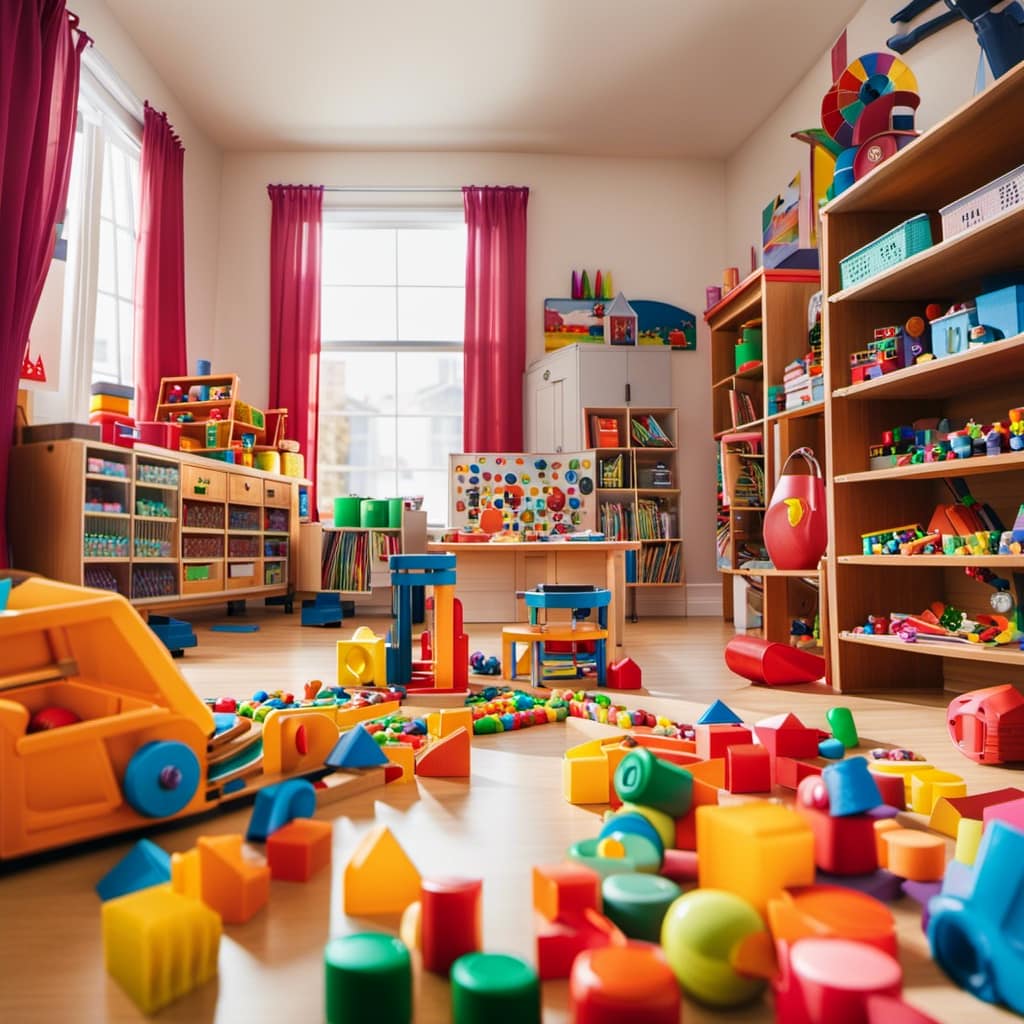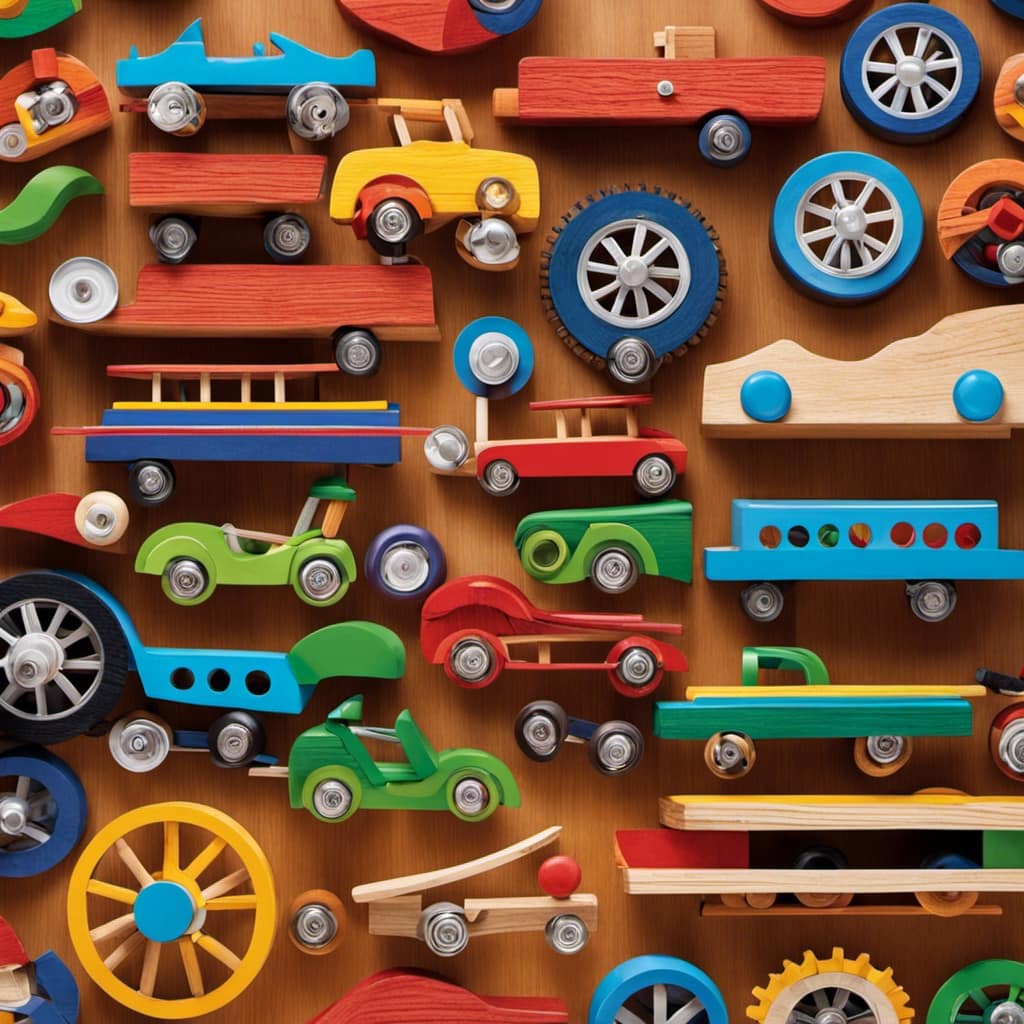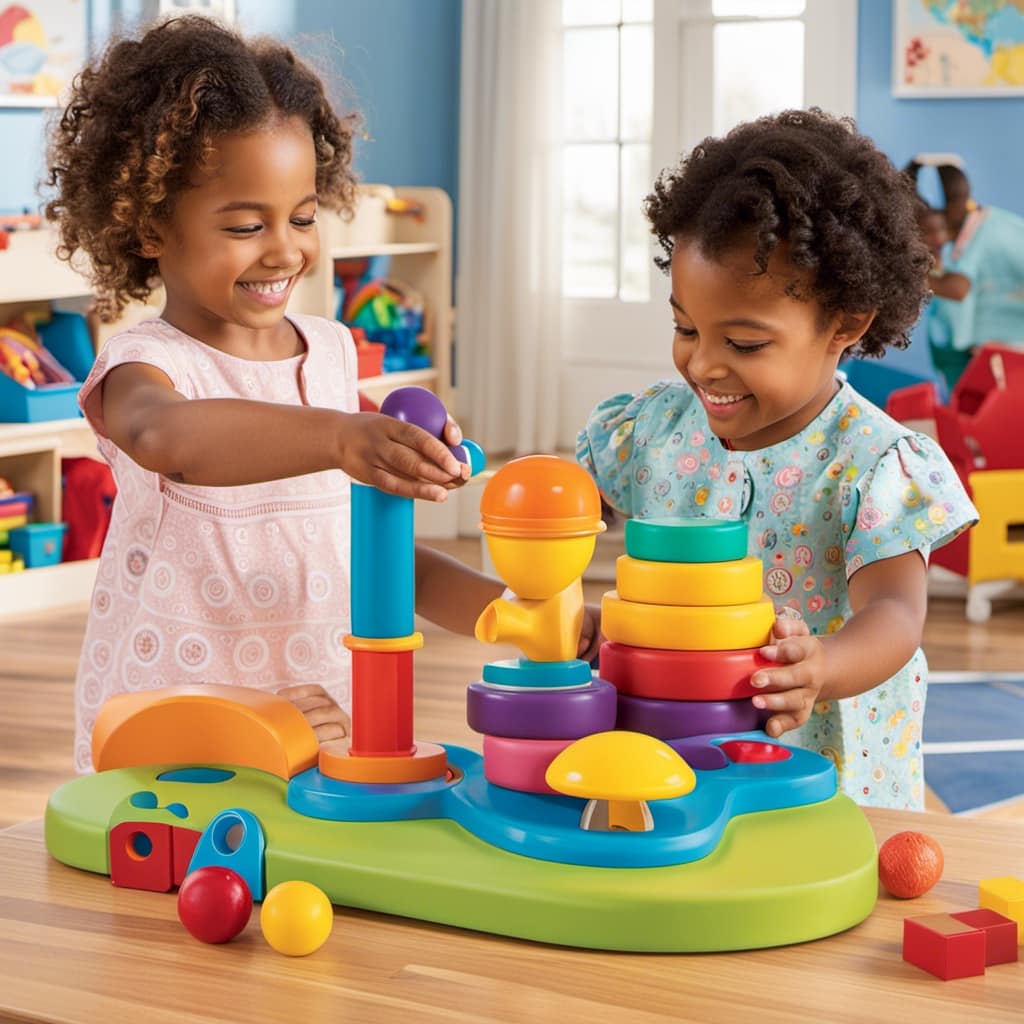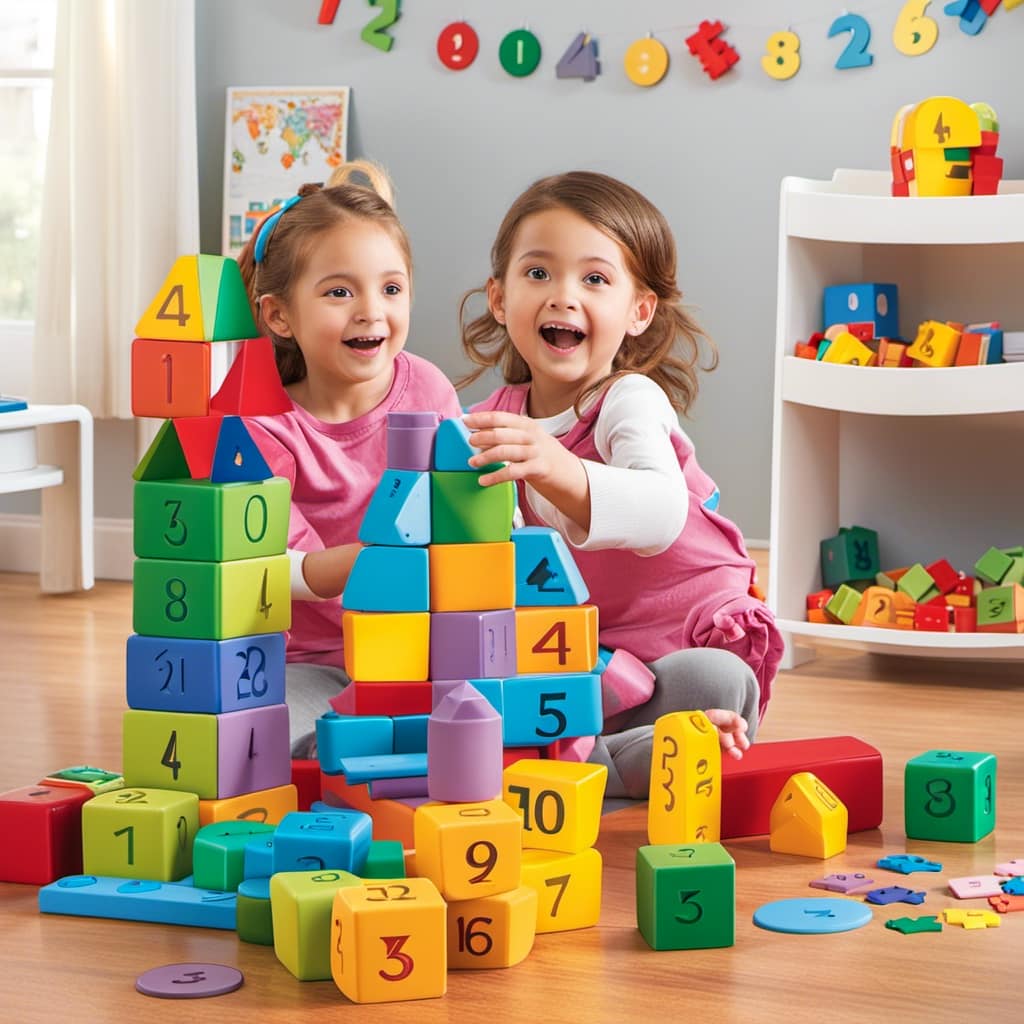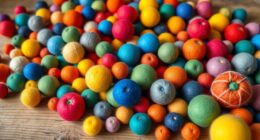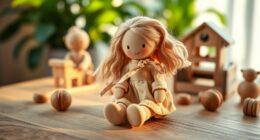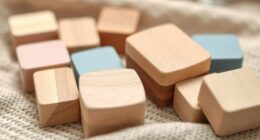As a preschool teacher, I recognize the importance of maintaining an organized classroom. Arranging our materials and toys properly not only saves time but also creates a more engaging learning environment for the little ones.
In this article, I’ll share practical strategies and tips for sorting, categorizing, and storing preschool supplies. From creating a storage system to utilizing shelf space effectively, we’ll explore ways to keep everything neat and easily accessible.
So let’s dive in and discover how to efficiently organize preschool supplies and toys!
Key Takeaways
- Sort supplies into categories and invest in practical storage solutions.
- Utilize vertical storage and clear containers for easy visibility.
- Create a labeling system to easily identify and access supplies.
- Regularly assess, update, and maintain the organization system for effectiveness.
Sorting and Categorizing Supplies
I sort supplies into categories like art materials, manipulatives, books, and educational games to efficiently organize the preschool classroom. Organizing materials is essential to create a well-structured and functional learning environment.
To achieve this, I invest in practical storage solutions such as clear plastic bins with labels. These bins allow for easy visibility and help keep supplies organized. Additionally, I utilize vertical storage with stackable bins or shelves to maximize space. Clear containers or bins are also used to store smaller items, making them easily accessible.
Creating a Storage System
Maximize space and create an efficient storage system by utilizing clear bins or baskets to easily see what’s inside. By using these transparent containers, you can quickly identify and access the items you need without the hassle of rummaging through cluttered shelves.
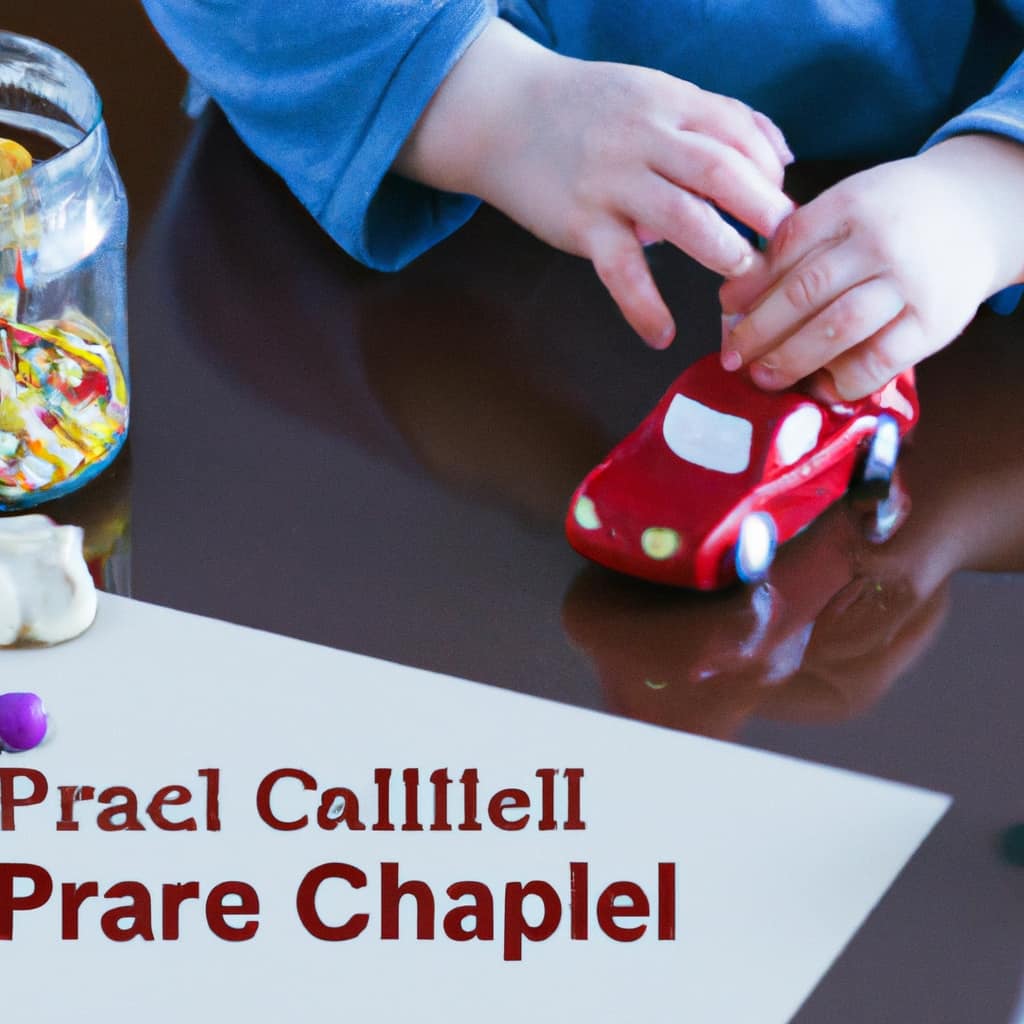
This method not only maximizes storage space but also promotes organization and cleanliness in your preschool classroom.
In addition to organizing supplies, it is crucial to implement toy maintenance procedures. Regularly check toys for damage or missing parts and remove them if necessary. This not only ensures the safety of the children but also prolongs the lifespan of the toys.
Utilizing Shelf Space Effectively
Utilizing clear containers or bins for smaller items saves time and effort when organizing shelf space. It allows for easy visibility and quick access to supplies. Maximizing vertical storage is another effective way to optimize shelf space. By using stackable bins or shelves, you can make the most of the available space in your classroom or storage area. To convey a deeper meaning for the audience, I have created a table below that illustrates different ways to maximize vertical storage and optimize shelf space.
| Tips for Maximizing Vertical Storage | Tips for Optimizing Shelf Space |
|---|---|
| Use stackable bins or shelves | Categorize and label supplies |
| Install wall-mounted shelves or hooks | Rotate supplies |
| Choose clear containers or bins for smaller items | Install wall-mounted shelves or hooks |
| Remove damaged or missing items regularly | Keep the classroom fresh and exciting |
Labeling Containers and Bins
Labeling containers and bins is essential for creating an organized and easily accessible storage system in my preschool classroom. It helps children find and return materials independently, saving time and promoting a sense of ownership.
Here are some effective labeling techniques and tips to maximize the effectiveness of your labeling system:
-
Color-coded labels: Assign a specific color to each category of supplies, such as art materials or manipulatives. This helps children quickly identify where items belong.
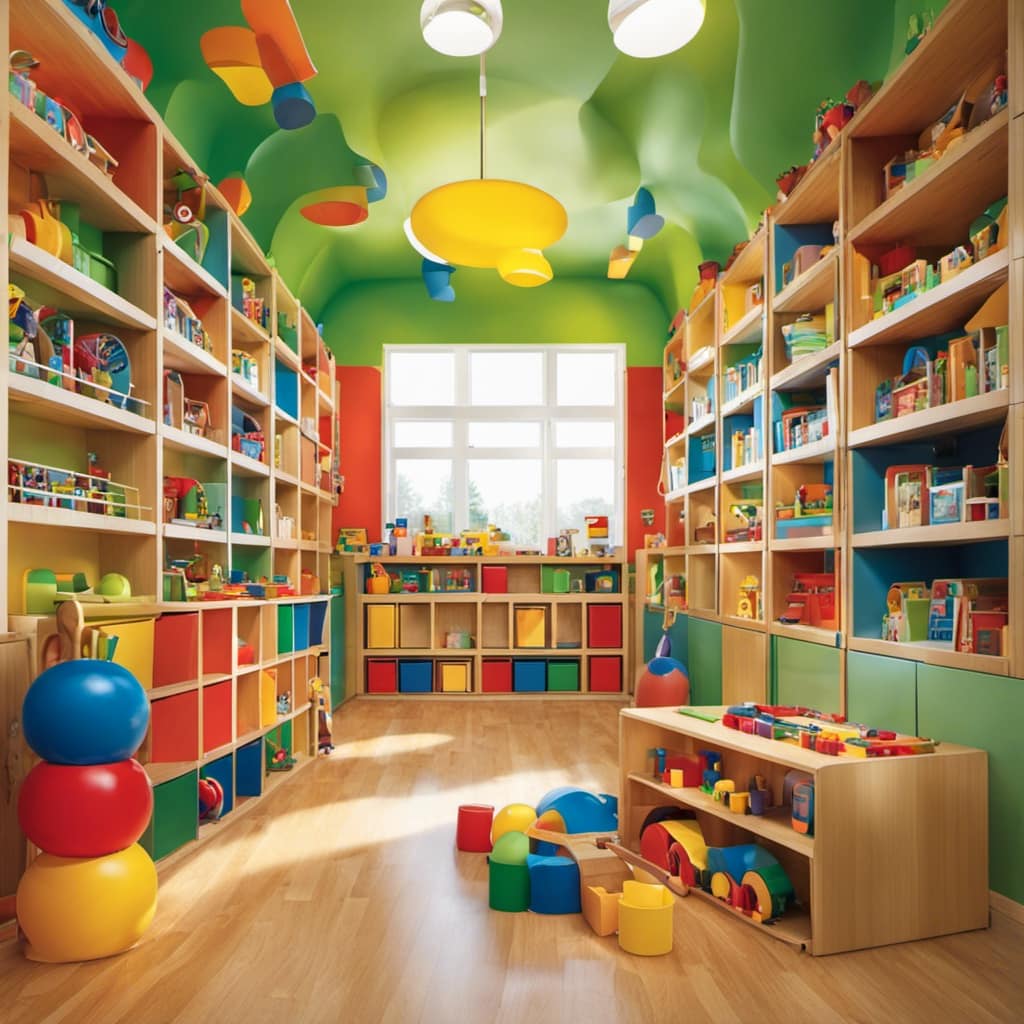
-
Picture labels: Use pictures or symbols along with words to label containers, especially for younger children who may not be able to read yet.
Specific Subtopics (Organizing Manipulatives and Learning Tools, Storing Art Supplies, Creating a Sensory Play Area, Managing Books and Reading Materials, Organizing Outdoor Play Equipment)
I can effectively organize manipulatives and learning tools by using clear plastic bins or drawers and labeling each container with the specific manipulative. This helps children easily find what they need and encourages a sense of independence and responsibility.
One discussion idea for efficiently organizing preschool supplies and toys is implementing a rotation system for toys. This involves regularly switching out toys to keep the classroom fresh and exciting, while also maximizing space.
Another idea is creating a functional and inviting art corner. This can be achieved by using clear plastic bins to store art supplies like markers and crayons, labeling each container for easy access, and creating a designated area with comfortable seating and proper lighting.
Frequently Asked Questions
How Can I Involve the Children in the Organization and Maintenance of the Preschool Supplies and Toys?
To involve children in organizing and maintaining preschool supplies and toys, I can create designated areas for each item and teach them how to sort and store them properly. This promotes organization skills and a sense of responsibility.
What Are Some Tips for Organizing Supplies and Toys in a Small Classroom With Limited Space?
Some tips for organizing supplies and toys in a small classroom with limited space include maximizing storage space and using creative storage solutions. Clear containers, labels, and vertical storage can help keep everything organized and easily accessible.
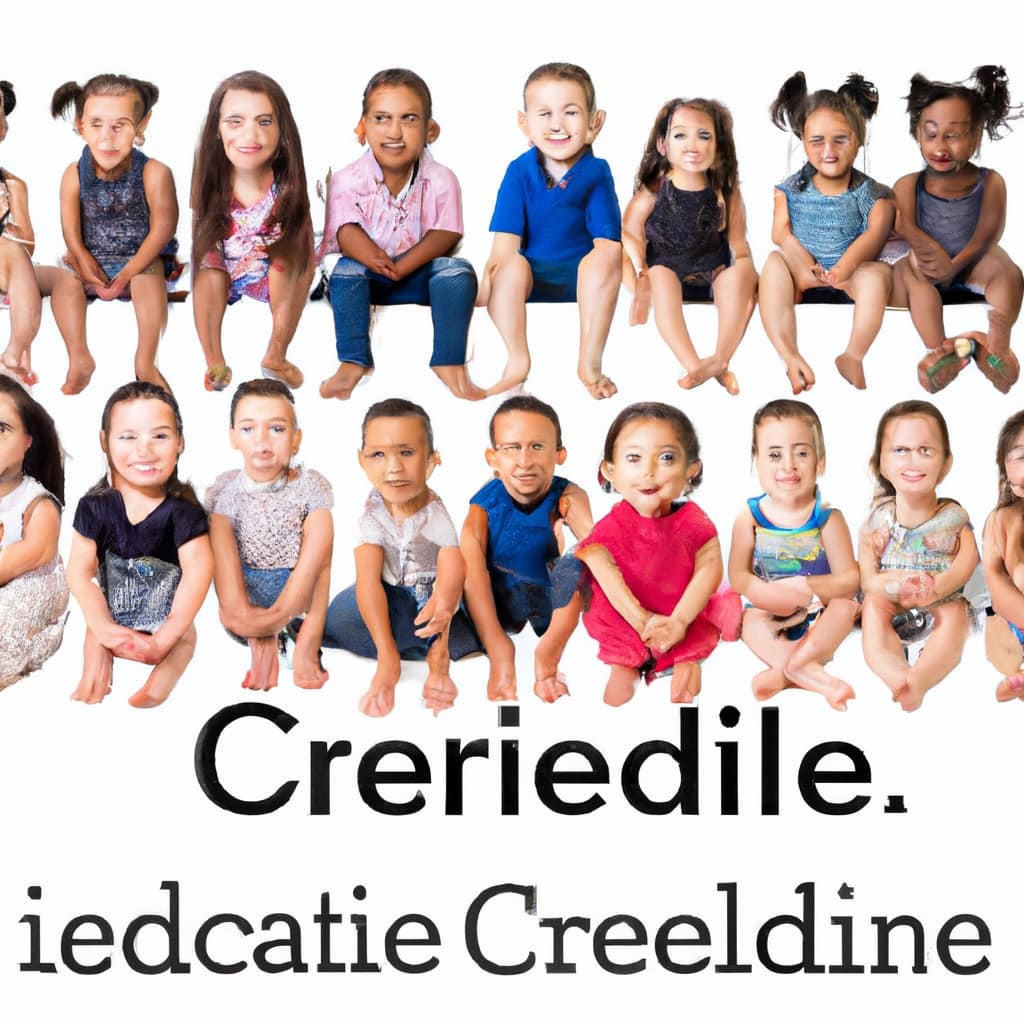
How Often Should I Rotate the Materials in the Sensory Play Area to Keep It Engaging for the Children?
I rotate the materials in the sensory play area regularly to keep it engaging for the children. By introducing new sensory materials and changing things up, it keeps their interest and promotes exploration and learning.
Are There Any Specific Safety Guidelines or Regulations That I Need to Consider When Organizing Outdoor Play Equipment?
When organizing outdoor play equipment, it’s important to follow safety guidelines and regulations. Regular maintenance is crucial to ensure the equipment is safe and in good condition.
What Are Some Creative Ideas for Displaying and Organizing Books in a Preschool Classroom?
One creative idea for organizing books in a preschool classroom is to create a cozy reading corner with a comfortable rug and cushions, along with a small table or book display stand.
Conclusion
In conclusion, organizing preschool supplies and toys is crucial for creating an efficient and engaging learning environment. By sorting and categorizing supplies, creating a practical storage system, utilizing shelf space effectively, and labeling containers and bins, teachers can easily access and maintain their materials.
One interesting statistic is that by using clear containers and labeling each one, teachers can save up to 30 minutes per day searching for supplies. This visual representation emphasizes the importance of organization and its time-saving benefits.
So, let’s get organized and create an inspiring space for our little learners!
